Creatine HCl vs Creatine Nitrate: Which One is Better?
When comparing creatine HCL vs creatine nitrate, you’re looking at two highly soluble and efficient forms of creatine that have gained popularity as alternatives to traditional creatine monohydrate. Whether you’re searching for better absorption, fewer side effects, or a unique edge in performance, this article breaks down the pros, cons, and uses of each type.
Table of Contents
What Is Creatine Nitrate?
Creatine Nitrate is a compound where creatine is bonded with a nitrate group. Nitrates are known for increasing nitric oxide levels, which help improve blood flow and muscle pumps. This form not only delivers creatine to your muscles but may also support vascularity and endurance.
Highlights:
- Dual benefits (creatine + nitrate)
- May improve muscle pumps
- May boost endurance
- Suitable for athletes who value blood flow during workouts
What Is Creatine HCl?
Creatine Hydrochloride (HCl) is a form of creatine bound to hydrochloric acid. This combination makes it more water-soluble and easier on the stomach compared to monohydrate. It’s often marketed as a “no-bloat” option that doesn’t require a loading phase.
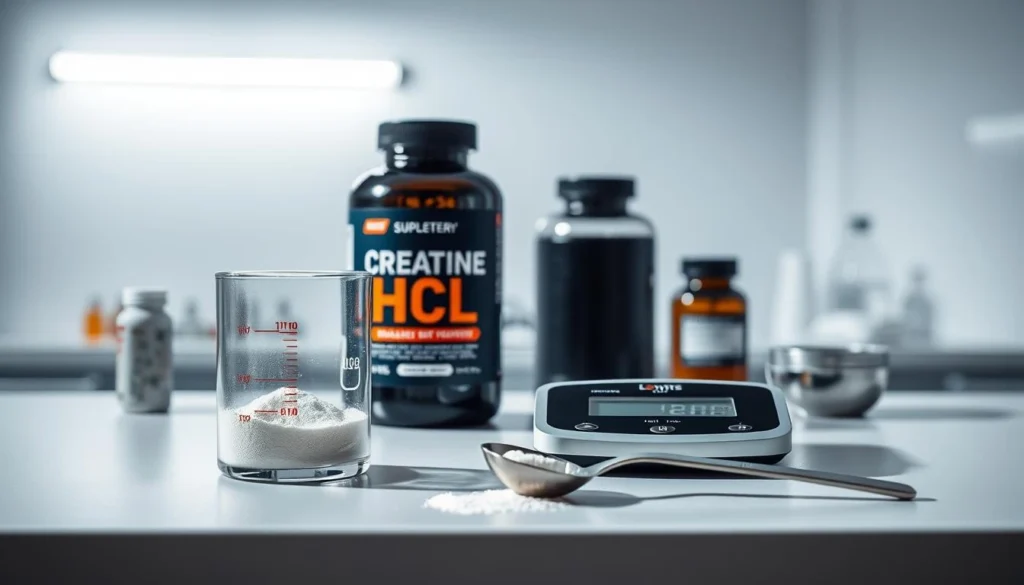
Highlights:
- High solubility
- Fast absorption
- Low dosage needed
- Minimal water retention
Creatine Nitrate vs Creatine HCl: Key Differences
| Feature | Creatine HCl | Creatine Nitrate |
|---|---|---|
| Solubility | Very high | Moderate to high |
| Absorption Rate | Fast | Moderate |
| Dosage Required | Low (750 mg – 2 g) | Moderate (1 g – 3 g) |
| Performance Focus | Strength, speed, recovery | Strength + pump + vascularity |
| Additional Effect | Less bloating | Enhanced nitric oxide production |
| Pump Enhancement | ❌ | ✅ |
| Taste/Flavor | Often tart | Often sweet/flavored |
| Stomach Sensitivity | Low chance of bloating | May vary (due to nitrates) |
Benefits of Creatine HCl vs creatine nitrate
Both creatine forms offer unique advantages depending on your training goals—whether you’re chasing pure strength, better absorption, or enhanced pumps.
Benefits of Creatine HCl
- Faster absorption: Enters the bloodstream quickly due to high solubility.
- No loading phase: Effective in small doses, typically no need for loading.
- Gentle on stomach: Less risk of bloating, cramping, or water retention.
- Great for cutting cycles: Ideal for athletes focused on lean mass or fat loss.
- Convenient dosage: Usually 750 mg to 2 g is sufficient.
Benefits of Creatine Nitrate
- Dual-action formula: Combines creatine’s strength benefits with nitric oxide’s vasodilation effects.
- Improved pumps: Increased blood flow leads to better muscle fullness during workouts.
- May enhance endurance: Better oxygen delivery can support longer training sessions.
- Stack-friendly: Often included in pre-workouts for its synergistic effects.
Dosage & Best Time to Take
Knowing how much to take and when can help you get the most out of either creatine HCl or creatine nitrate in your supplement routine.
Creatine HCl:
- Dosage: 750 mg to 2 g per day depending on body weight and training intensity.
- Timing: Can be taken pre- or post-workout. Many users prefer pre-workout for the energy boost or post-workout for recovery.
- No cycling required.
Creatine Nitrate:
- Dosage: 1 to 3 g daily. Often part of a pre-workout formula.
- Timing: Best taken 30–45 minutes before training to take advantage of increased nitric oxide production.
- Ideal during workout days only, though some prefer daily use for consistency.
Side Effects
Both forms are generally safe, but it’s good to understand the potential side effects so you can choose the best fit for your body and goals.
Creatine HCl:
- Rare side effects; mostly well-tolerated.
- Very low chance of bloating or cramping.
- May cause slight stomach upset in high doses.
Creatine Nitrate:
- Generally safe in moderate doses.
- Possible minor digestive discomfort (nitrates can affect people differently).
- Excess nitrate intake from multiple sources may cause headaches in sensitive individuals.
- Long-term nitrate safety is still being researched.
Which One Should You Choose?
Choose Creatine HCl if:
- You want quick results without a loading phase.
- You’ve experienced bloating or GI issues with monohydrate.
- You’re cutting or trying to maintain a lean physique.
- You need a low-dose, daily creatine for general strength support.
Choose Creatine Nitrate if:
- You want added benefits like better pumps and endurance.
- You’re stacking with a nitric oxide booster or pre-workout.
- You train with high intensity and value muscle fullness during sessions.
- You prefer creatine in your pre-workout formula.
Final Thoughts
In the creatine nitrate vs creatine hydrochloride debate, it really comes down to your goals. Both offer more efficient absorption and fewer side effects than traditional creatine monohydrate.
- Creatine HCl is ideal for those looking for a clean, simple, and bloat-free creatine.
- Creatine Nitrate is better for users seeking a pre-workout boost with the added edge of nitric oxide support.
Both are effective — the right choice depends on whether you prioritize performance or pump.
FAQ: Creatine Nitrate vs Creatine Hydrochloride
Q: Is creatine nitrate better than creatine HCl for muscle pumps?
A: Yes, creatine nitrate enhances nitric oxide levels, leading to better blood flow and pumps.
Q: Which is better for sensitive stomachs?
A: Creatine HCl is generally easier on digestion and rarely causes bloating or cramping.
Q: Do I need to load creatine nitrate or HCl?
A: No loading phase is required for either. Both are effective at low, daily doses.
Q: Can I combine creatine HCl and creatine nitrate?
A: Yes, but check total creatine intake and ensure you’re not exceeding safe nitrate levels.
Q: Are there any long-term side effects?
A: No serious long-term side effects have been confirmed in research, but high doses of nitrate should be monitored.

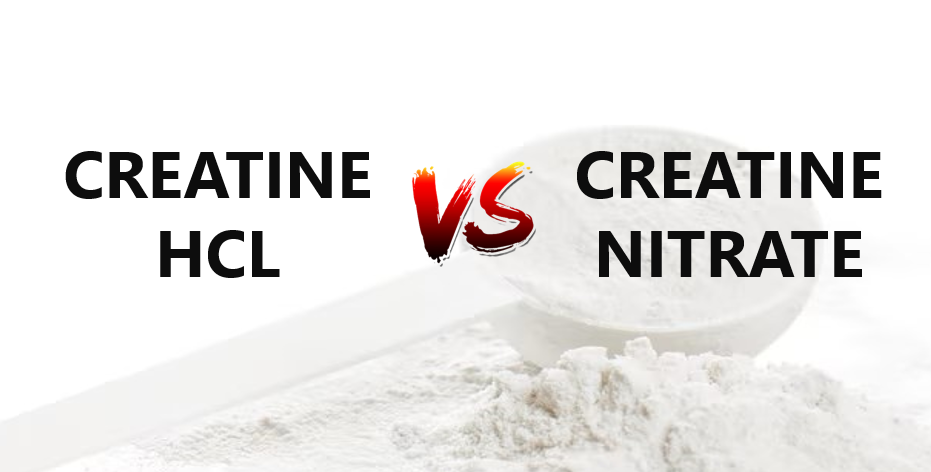
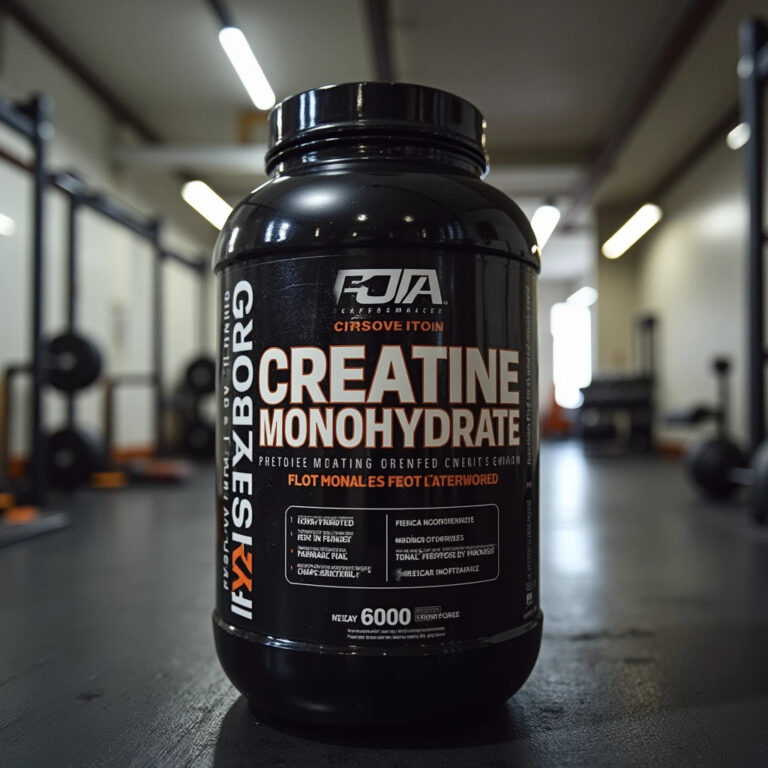
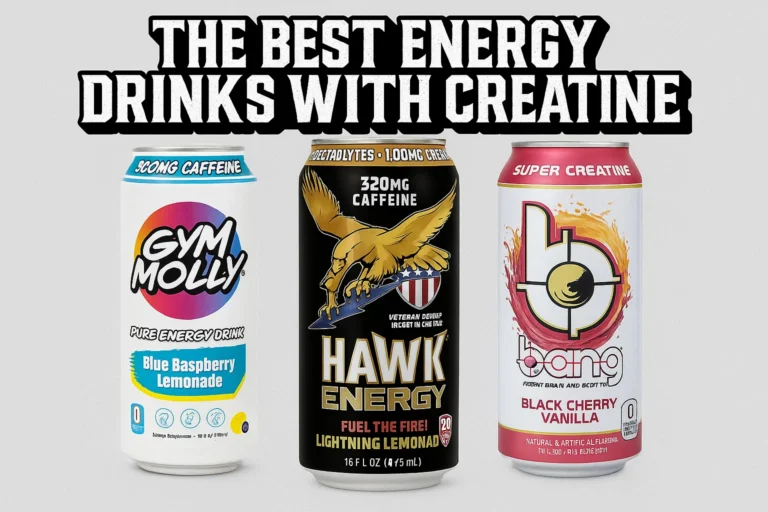
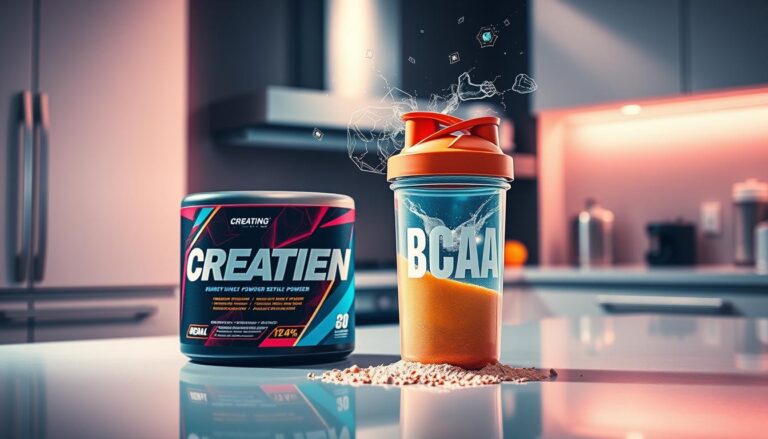
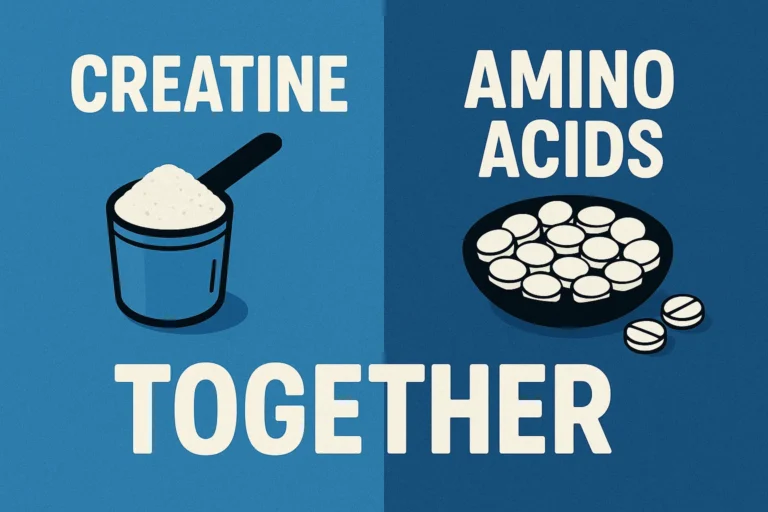
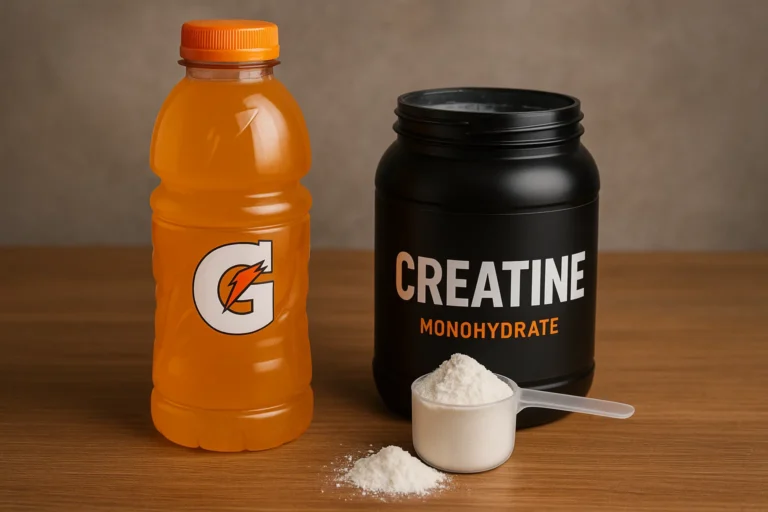
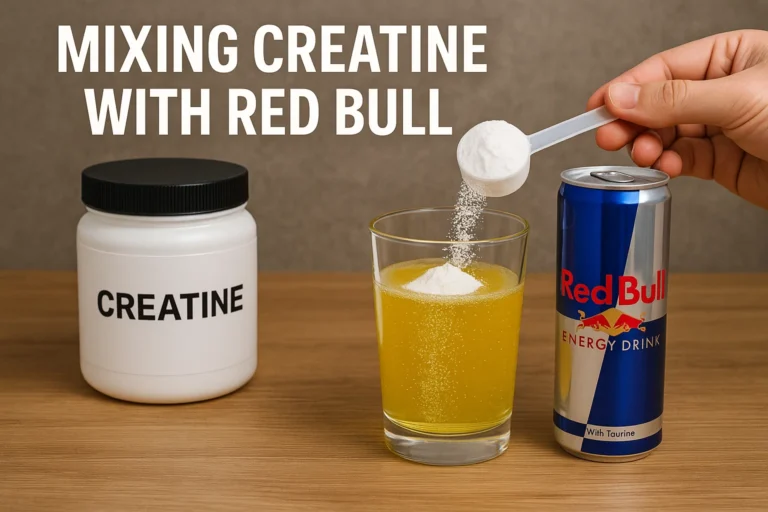
5 Comments
Comments are closed.